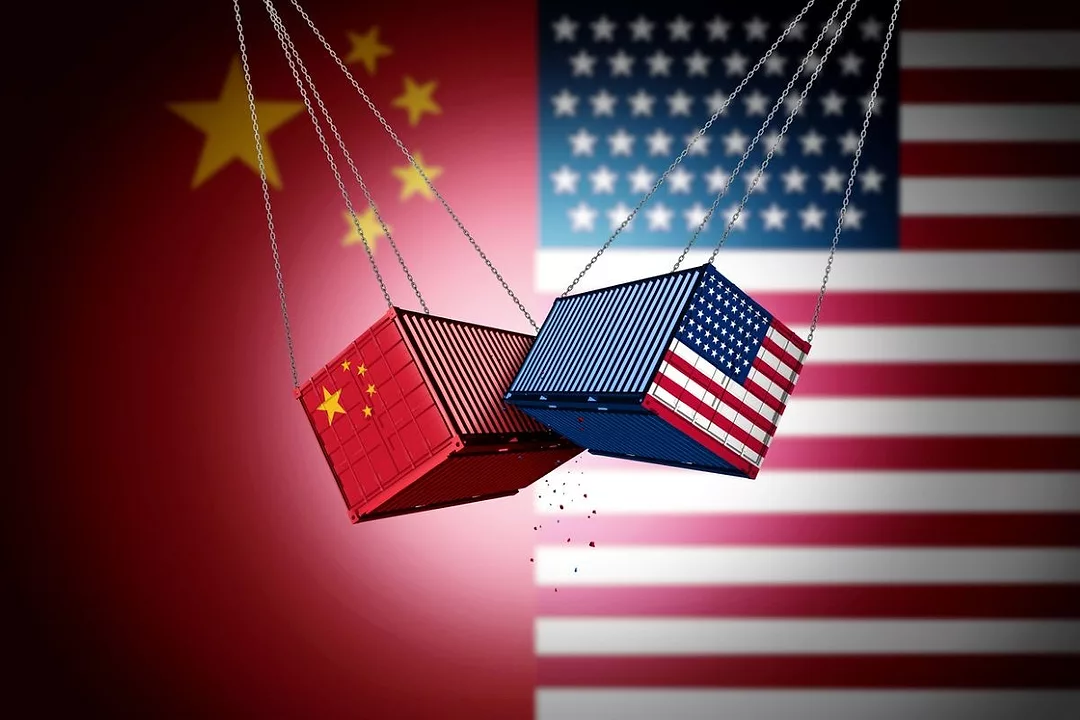The trade relationship between the United States and China has reached a critical juncture, marked by unprecedented tension and uncertainty. Earlier in 2025, the U.S. imposed a staggering 145% tariff on Chinese imports, triggering a cycle of retaliatory measures from Beijing. Although both nations have eased some restrictions since the peak of hostilities in the summer, significant challenges remain, complicating their economic interactions.
The U.S. government’s strategy focuses on enhancing national security and revitalizing domestic production. The Department of Commerce, particularly through its Bureau of Industry and Security (BIS), has enacted strict export controls on critical technologies, including advanced semiconductors, which have dual civilian and military uses. In retaliation, China has implemented export controls on essential minerals and banned the use of certain semiconductors, effectively blocking American companies from accessing its markets.
Under the administration of former President Donald Trump, tariffs became a prominent tool in the U.S. government’s approach to improving the competitiveness of domestic industries. The U.S. has invoked various statutes to support these tariffs, including the Trade Expansion Act of 1962 and the Tariff Act of 1930. Domestic manufacturers have increasingly petitioned the International Trade Administration and the International Trade Commission to investigate cases of dumped or subsidized imports that threaten American industry.
The process of initiating investigations is primarily driven by domestic producers, industry associations, and labor unions. Successful investigations often lead to the imposition of antidumping duties or countervailing duties, which are typically enforced for a minimum of five years. In response to attempts to evade these duties, the Trade Facilitation and Trade Enforcement Act of 2015 provides mechanisms to counteract circumvention of trade laws.
Since March 2025, BIS has launched twelve investigations under section 232 of the Trade Expansion Act, scrutinizing the national security implications of imports across various sectors, including critical minerals, semiconductors, and medical devices. Historically, these investigations have resulted in recommendations for global tariffs ranging from 25% to 50% on products like steel and aluminum.
In addition, a new methodology introduced by BIS allows domestic producers to request the inclusion of additional products in national security tariffs. Various lists of section 301 tariffs on Chinese imports cover hundreds of billions of dollars, leading to compounded tariff effects that enhance protection for U.S. manufacturers.
The ongoing trade frictions between the U.S. and China reflect broader geopolitical dynamics, characterized by competition over resources and economic influence. The trade landscape is likely to remain volatile, with significant risks and fluctuations in tariffs expected to persist. Companies navigating this complex environment are encouraged to adopt proactive strategies to bolster domestic production.
To mitigate risks, supply chain leaders should consider options such as onshoring, nearshoring, and friend-shoring. As noted by experts in the field, including Daniel Pickard and Natan Tubman of Buchanan Ingersoll & Rooney, these strategies can enhance resilience against the backdrop of an evolving trade landscape. The path forward in U.S.-China relations will require careful navigation to address the intertwined issues of trade, security, and economic policy.





































































